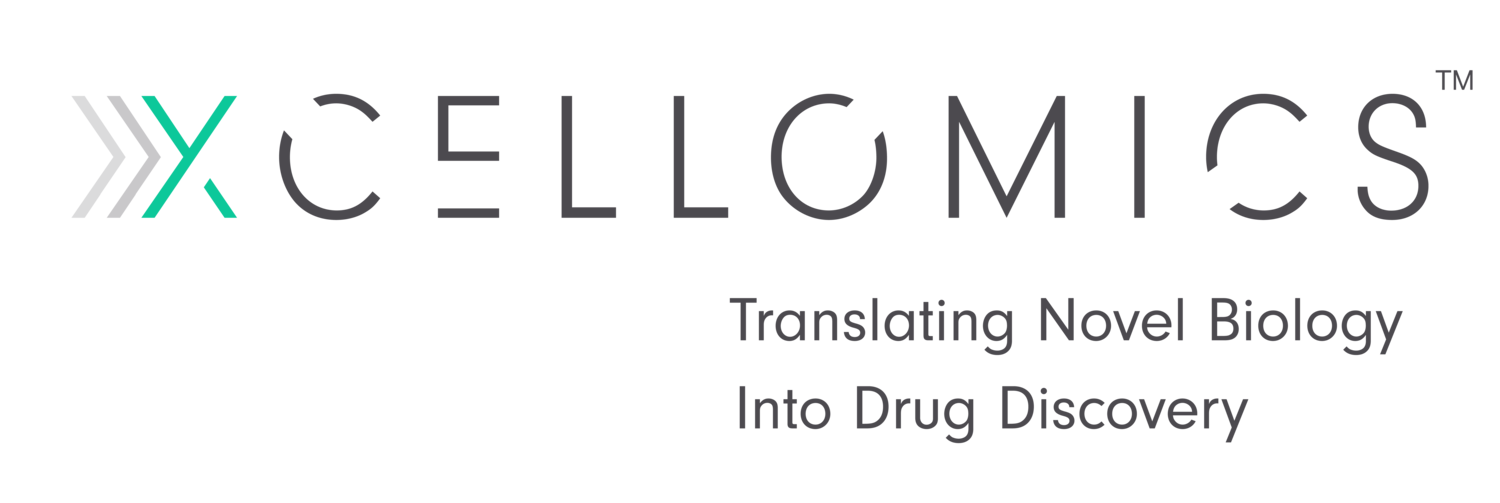Collaboration agreement summary
-
The sections below are a summary of the terms set out in the Xcellomics (PDP) Agreement. No warranty or guarantee is given as regards its accuracy or completeness. You are strongly advised to read the PDP Agreement in its entirety before participating in the programme.
-
Exscientia and the OXFORD Target Discovery Institute (UoO-TDI) will form a Public Private Partnership to develop a portfolio of early-stage drug discovery programs. The PDP collaboration will select, develop and prosecute advanced phenotypic and functional genomic screening assays for the purpose of potential further exploitation by the Participants. Assay ideas and methods will be crowdsourced from Exscientia or the global academic community and prosecuted at the Oxford TDI against an Annotated Compound Library or a 50,000 diversity compound library provided by Exscientia or in a functional genomic study.
-
An initial term of three (3) years unless terminated earlier or extended.
-
Exscientia will finance the development, screening and validation of the assays at UoO-TDI.
-
Academic organisations with assays or compound libraries of interest to PDP are encouraged to submit a non-confidential proposal to the PDP for assessment by a PDP judging panel. Organisations with assays that are deemed to meet the goals of the PDP will be encouraged to join as Associate Participants. Associate Participants will be required to provide information on the assays or compound library to the Scientific Committee for confidential review. If these assays or compound libraries are selected by the Scientific Committee and approved by the Board, they will be developed and screened by the PDP to deliver Collaboration Results. An Associate Participant shall be entitled to access and exploit the Results that relate to their own assay or compound library that they introduce to the collaboration. Any Compound Library that is accepted within the PDP will be added to the Collaboration Library for use by all Participants.
-
(1) Board of Directors (“the Board”): The Board shall represent all Collaboration Participants and will be comprised of 3 representatives from Exscientia and 2 representatives from OXFORD. (2) Scientific Committee: The Scientific Committee shall be appointed by the Board and led by two chairpersons as selected by the Board and composed by 5 additional members. (3) Project Team: each project shall have a project team comprising a representative from Exscientia and a representative from Oxford-TDI, one of them being nominated as Project Leader who will be responsible for running the project scientifically and operationally. Associate Participants cannot be Board members.
-
On completion of initial or follow-up screening activities using compounds from Exscientia Libraries, the Project Team shall provide the Scientific Committee and the Associate Participant with an initial screening report listing the unique identifier of each compound and the raw biological activity data obtained in each screening assay or a final screening report listing chemical structures of all of the Annotated Compound Library or gene ID of all the Collaborative PDP Functional Genomics Library that meet the Hit Criteria as defined by the Scientific Committee. This data constitutes Joint Collaboration Results in which Exscientia, Oxford-TDI and the Associated Participant who proposed the assay have an undivided and equal interest.
-
Exscientia shall have the right to conduct Private Screens and Private small molecule design activities that exploit Collaboration assays and Joint Collaboration Results anytime during or after the Term at their own expense. Any Private screen results and small molecule compound designs shall be owned solely by Exscientia.
-
The Associate participant owns all Background IP introduced for use in a Collaboration Project or Collaborative Screen. Inventorship of all patentable Collaboration Results shall be determined in accordance with the patent law of the United Kingdom. Joint Collaboration Results shall be owned by each of Exscientia and OXFORD and the relevant Associate Participants. The Participant that solely owns Collaboration Results may take steps as it may decide from time to time, at its expense and sole discretion, to register and maintain any protection for such Intellectual Property, including filing and prosecuting patent applications for any Result. The Participants responsible for generation of Joint Collaboration Results shall make all decisions on whether such Joint Collaboration Results should be protected by patent or other Intellectual Property protection.
-
OXFORD shall grant the other Participants (and their respective Affiliates) a non-exclusive, royalty-free, non-sub-licensable, research licence to use Academic Assays which relate to that Associate Participant’s Collaboration Project and all improvements generated under this Agreement for internal research and development activities. Participants shall only grant a non-exclusive, royalty free licence of their Background to enable the other Participants for the purpose of carrying out their respective part of a Collaboration Project.
-
Upon completion of a Collaborative PDP Small Compound or Collaborative PDP Functional Genomics Screen executed by the PDP or upon execution of a Private Screen by OXFORD, Exscientia, through the PDP Project Manager, shall pay a one-off fee of £50,000 if the screen was successfully completed, or £100,000 if the screen was successfully completed and also taken on as a private project or collaboration by Exscientia. Milestones can only be payable if the assay is not in the public domain prior to validation, and if a publication moratorium of 12 months is respected.
-
Participants are encouraged to publish Results of the PDP Collaboration in scientific papers, presentations, articles and any other appropriate format. Publications shall acknowledge the PDP Collaboration and be reviewed by the Scientific Committee. There is a Publication Moratorium of 12 months from the date an assay is taken on as a private project or Collaboration by Exscientia, during this period the assay and related collaboration results are not disclosed by publication. Participants are entitled to publish their Academic Assay and submit data comprised in Collaboration Results, for public databases at any time, but will not be eligible for the Milestone if this occurs before the end of the Publication Moratorium.
